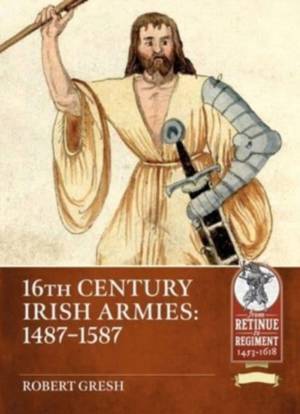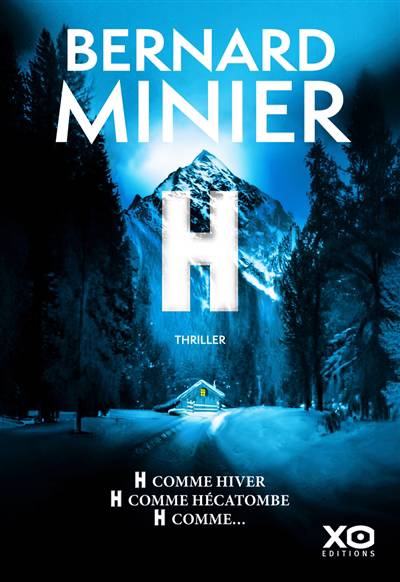
- Retrait gratuit dans votre magasin Club
- 7.000.000 titres dans notre catalogue
- Payer en toute sécurité
- Toujours un magasin près de chez vous
- Retrait gratuit dans votre magasin Club
- 7.000.0000 titres dans notre catalogue
- Payer en toute sécurité
- Toujours un magasin près de chez vous
41,95 €
+ 83 points
Description
"The text is quite thorough and often interspersed with period excerpts..." -Historical Miniatures Gaming Society
Ireland at the outset of the Tudor era was a highly militarized society, with more than sixty Gaelic lordships maintaining independent armed forces. By the 1540s, the centralizing Tudor state had ended the self-rule enjoyed by the Anglo-Irish Pale and was embarked on an increasingly severe program of reconquest.
A key element of regaining central control over the island was the demilitarizing of the Irish lordships, both Gaelic and semi-Gaelicised Anglo-Irish. Native resistance resulted in an increasingly costly series of large-scale wars, fueled by the emergence of the Reformation. e book traces the development of Irish armies during the period, including the latest studies on the question of modernization: i.e., the 'Military Revolution'. Recent scholarship has called into question many long standing assumptions about Ireland in this period, including the degree of contact and commerce with mainland Europe, and the ability of Irish society to adapt to, and absorb, outside influences. A new appreciation of these questions helps place Tudor Irish military culture in a European context, calling for a reassessment of the degree to which Irish armies were outdated. While an expression of a profoundly traditional culture, they are found to be suited to purpose and eager to adopt rearms at nearly the rate seen in England.
The early part of this period saw Irish lordships enjoying a degree of local autonomy, exploiting newly found sources of wealth--principally fish--and expressing great confidence in a building boom of castles and associated churches and monasteries with continental affiliations. e book covers the phenomenon of large-scale castle building in this era, which has le Ireland the most heavily encastellated landscape in Europe.
Also included are comprehensive army lists and unprecedented detail on Irish arms and armor of the period, tracing developments over time. New period sources and iconography are made use of. Besides the 'rising out' of the Pale and the traditional Irish troop types (horseman, galloglass and kern), a thorough examination is made of Scots Highland mercenary activity in Ireland, including weapons and organization. Also featured are the naval forces of the West Highland Scots and maritime clans of Ireland, including strength and changes in ship types over time.
Ireland at the outset of the Tudor era was a highly militarized society, with more than sixty Gaelic lordships maintaining independent armed forces. By the 1540s, the centralizing Tudor state had ended the self-rule enjoyed by the Anglo-Irish Pale and was embarked on an increasingly severe program of reconquest.
A key element of regaining central control over the island was the demilitarizing of the Irish lordships, both Gaelic and semi-Gaelicised Anglo-Irish. Native resistance resulted in an increasingly costly series of large-scale wars, fueled by the emergence of the Reformation. e book traces the development of Irish armies during the period, including the latest studies on the question of modernization: i.e., the 'Military Revolution'. Recent scholarship has called into question many long standing assumptions about Ireland in this period, including the degree of contact and commerce with mainland Europe, and the ability of Irish society to adapt to, and absorb, outside influences. A new appreciation of these questions helps place Tudor Irish military culture in a European context, calling for a reassessment of the degree to which Irish armies were outdated. While an expression of a profoundly traditional culture, they are found to be suited to purpose and eager to adopt rearms at nearly the rate seen in England.
The early part of this period saw Irish lordships enjoying a degree of local autonomy, exploiting newly found sources of wealth--principally fish--and expressing great confidence in a building boom of castles and associated churches and monasteries with continental affiliations. e book covers the phenomenon of large-scale castle building in this era, which has le Ireland the most heavily encastellated landscape in Europe.
Also included are comprehensive army lists and unprecedented detail on Irish arms and armor of the period, tracing developments over time. New period sources and iconography are made use of. Besides the 'rising out' of the Pale and the traditional Irish troop types (horseman, galloglass and kern), a thorough examination is made of Scots Highland mercenary activity in Ireland, including weapons and organization. Also featured are the naval forces of the West Highland Scots and maritime clans of Ireland, including strength and changes in ship types over time.
Spécifications
Parties prenantes
- Auteur(s) :
- Editeur:
Contenu
- Nombre de pages :
- 298
- Langue:
- Anglais
- Collection :
Caractéristiques
- EAN:
- 9781804513545
- Date de parution :
- 30-04-24
- Format:
- Livre broché
- Format numérique:
- Trade paperback (VS)
- Dimensions :
- 178 mm x 246 mm
- Poids :
- 739 g

Les avis
Nous publions uniquement les avis qui respectent les conditions requises. Consultez nos conditions pour les avis.






